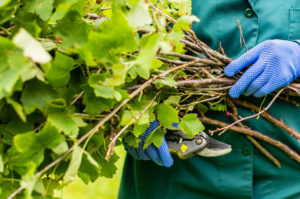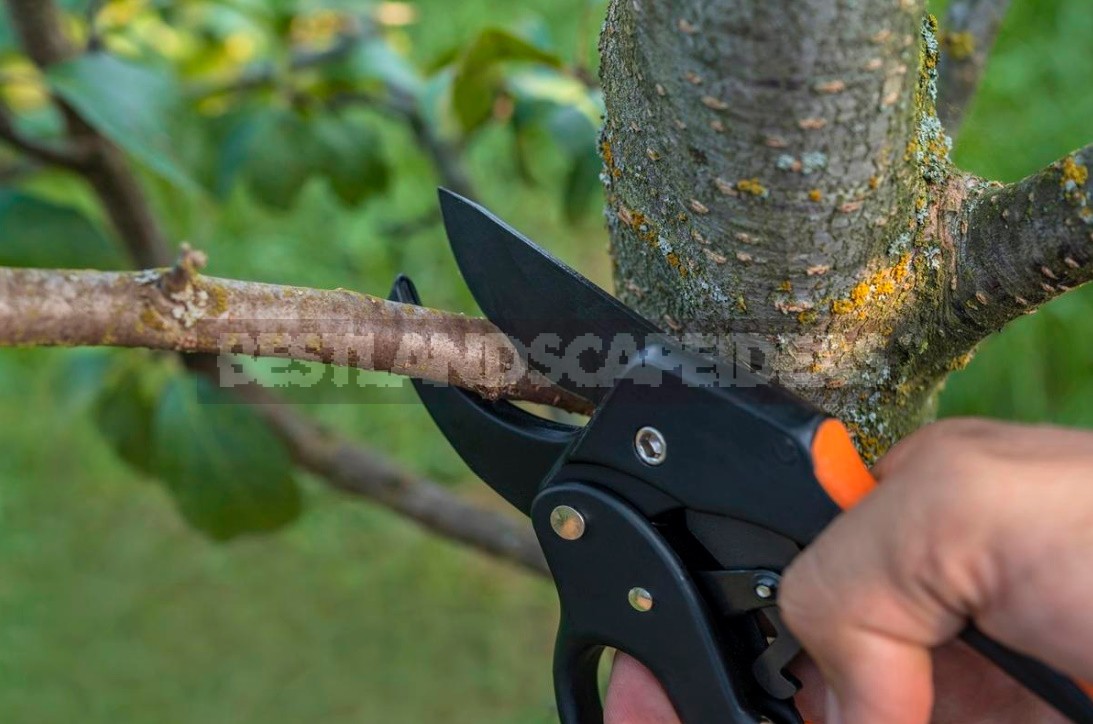
Putting berry bushes in order
Berry bushes are better cut in the fall, but in early spring it is not too late to remove the old branches. It is convenient to use special secateurs with long handles: you do not need to bend, in addition, the tool easily copes with thick branches (however, sometimes a hacksaw is still needed) and protects your hands when working with prickly shrubs-gooseberries, briers and blackberries.
Raspberries and blackberries have a two-year cycle of shoot development: the first year only the leaves develop, and the second year the shoot bears fruit and dies in the fall. Therefore, every year at ground level, cut out the last year’s fruit-bearing shoots — that is, about half of the Bush. The tops of annual shoots are shortened to a strong Bud: as a rule, they do not Mature and freeze, in addition, removing the top always stimulates branching — and flowering and fruiting in these crops occurs on the side shoots.
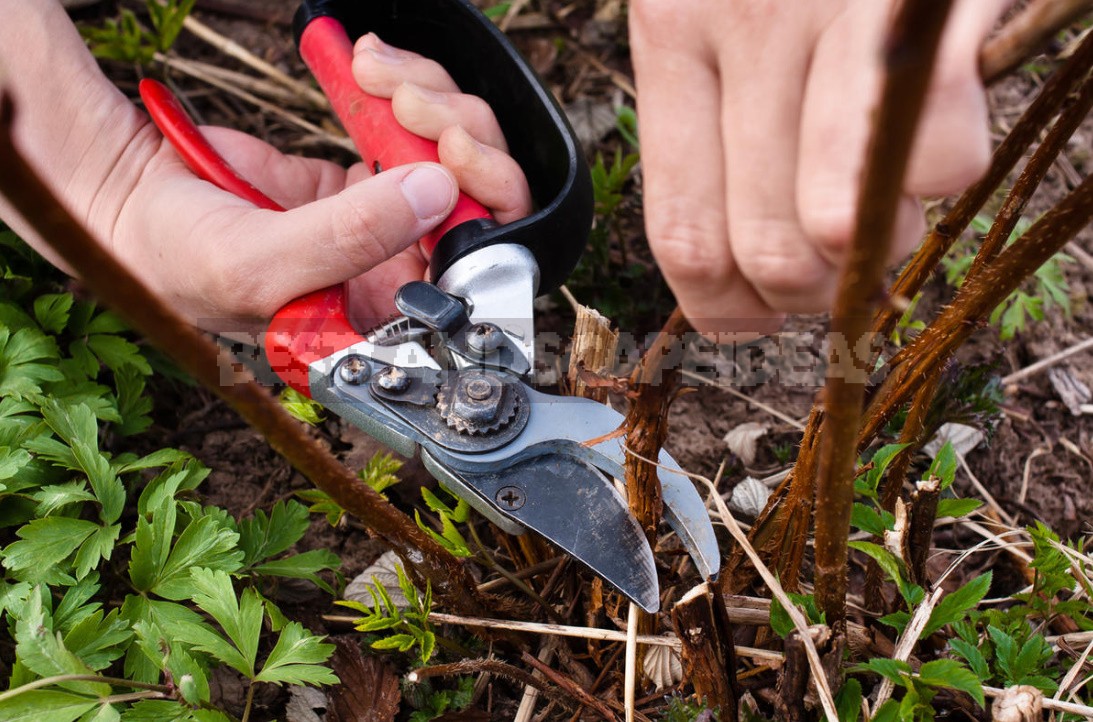
In other berry bushes, the branches are more durable, and it is necessary to preserve the shoots of different ages — the young will grow up and enter fruiting, and the old ones must be removed in a timely manner, so that they do not thicken the Bush and are not a “hotbed” of diseases and pests.
Black currant branches live for 4-5 years, red and white currants, gooseberries, honeysuckle, black mountain ash — usually about 8 and sometimes up to 15 years. Old branches-candidates for removal-are easily recognized by their large diameter and black bark, they have many short side branches that in the recent past gave abundant crops, but now have exhausted all their reserves.
Sometimes in the lower third of the old branch there are young, strong shoots that are just a pity to remove — and in fact it is quite possible to leave them, and remove the old, peripheral part of the branch for translation (by the way, this technique is widely used for pruning ornamental shrubs). Ideally, the distance between adjacent shoots at ground level should be at least 10 cm.
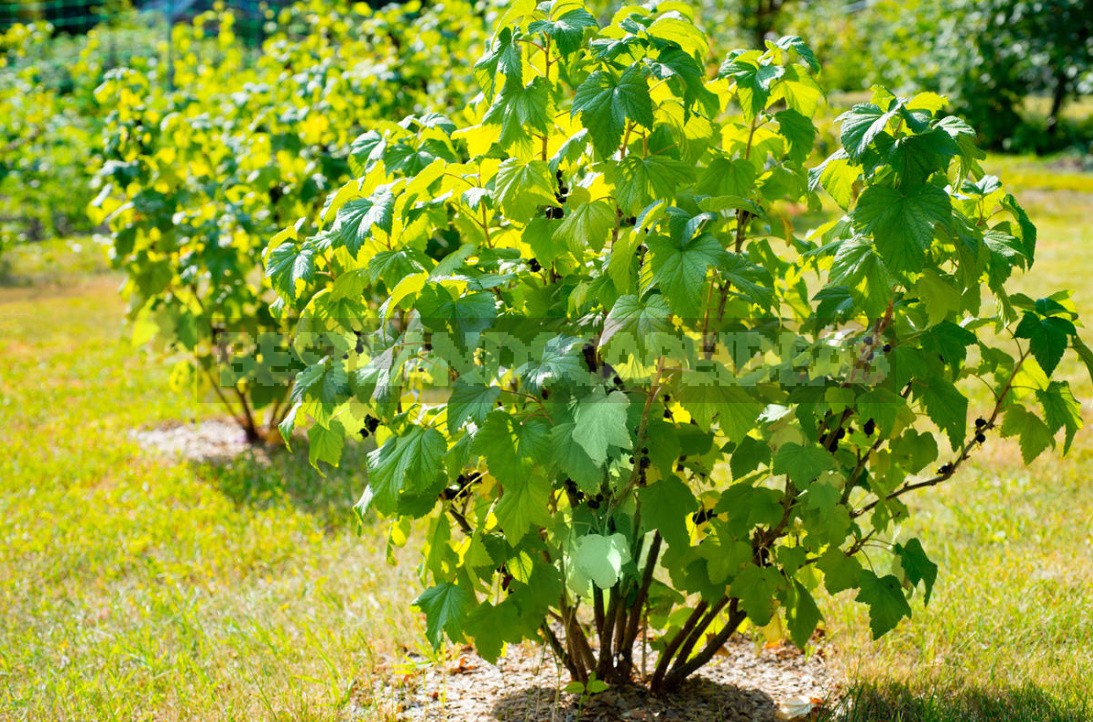
The absence of shoots of the current year (they are also called zero) – a signal of trouble: either the plant is depressed (usually shaded), or just a very old Bush, and it’s time to think about replacing it. Try to give the shrub a chance: try to eliminate adverse factors, feed and water in a timely manner. If the old Bush has not been cut for a long time, it is not uncommon for three-quarters of the branches to be removed at a time. If the plant still has reserves, then this operation is only good for it, in most cases, the rejuvenated aboveground part is restored in 2-4 years.

Lazy gardeners sometimes act radically: cut out the entire aboveground part at ground level, after which young shoots appear intensively. For a weakened shrub, this operation will do more harm than good. If the shrub is affected by a viral disease, the only way out is to remove and burn it.
After a strong pruning the plants will be grateful for feeding and watering: this will help trees and shrubs recover faster. Do not forget to regularly treat plants from pests and diseases. After pruning usually begins rapid growth of young shoots, and their tops are especially attractive to uninvited guests.
Pruning shrubs on the stem
Recently, berry bushes grown in a stamp culture have become popular. Such “trees” can be root-related and grafted. The first can be obtained by using a competent formative pruning. Currants and gooseberries grafted on a Golden currant strain can produce a root growth that must be cut near the ground.
Red currant fruits on old branches, so it needs minimal pruning. Black bears well on younger branches, on shoots older than three years of berries are becoming less. Five-year-old branches require rejuvenation and are the first candidates for removal.
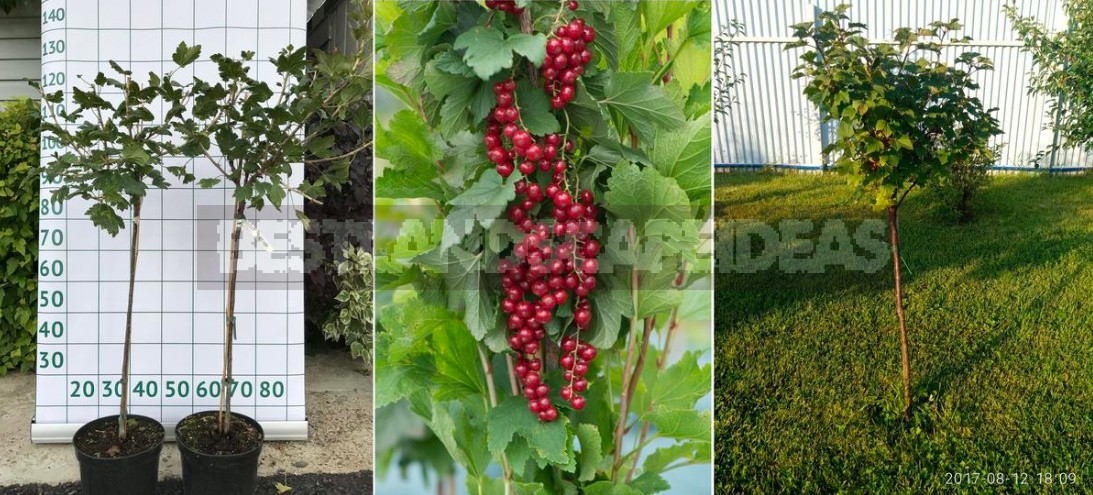
The fashion for stamp forms of fruit and ornamental shrubs came from Europe and immediately won the hearts of many gardeners. And for good reason! Currants and gooseberries on the stem have a number of advantages:
- they take up little space;
- berries almost do not spoil, as they do not touch the ground. They are very convenient to collect;
- these plants are less sick and are not damaged by pests, since the branches are located high above the ground. This reduces the number of chemical treatments.

